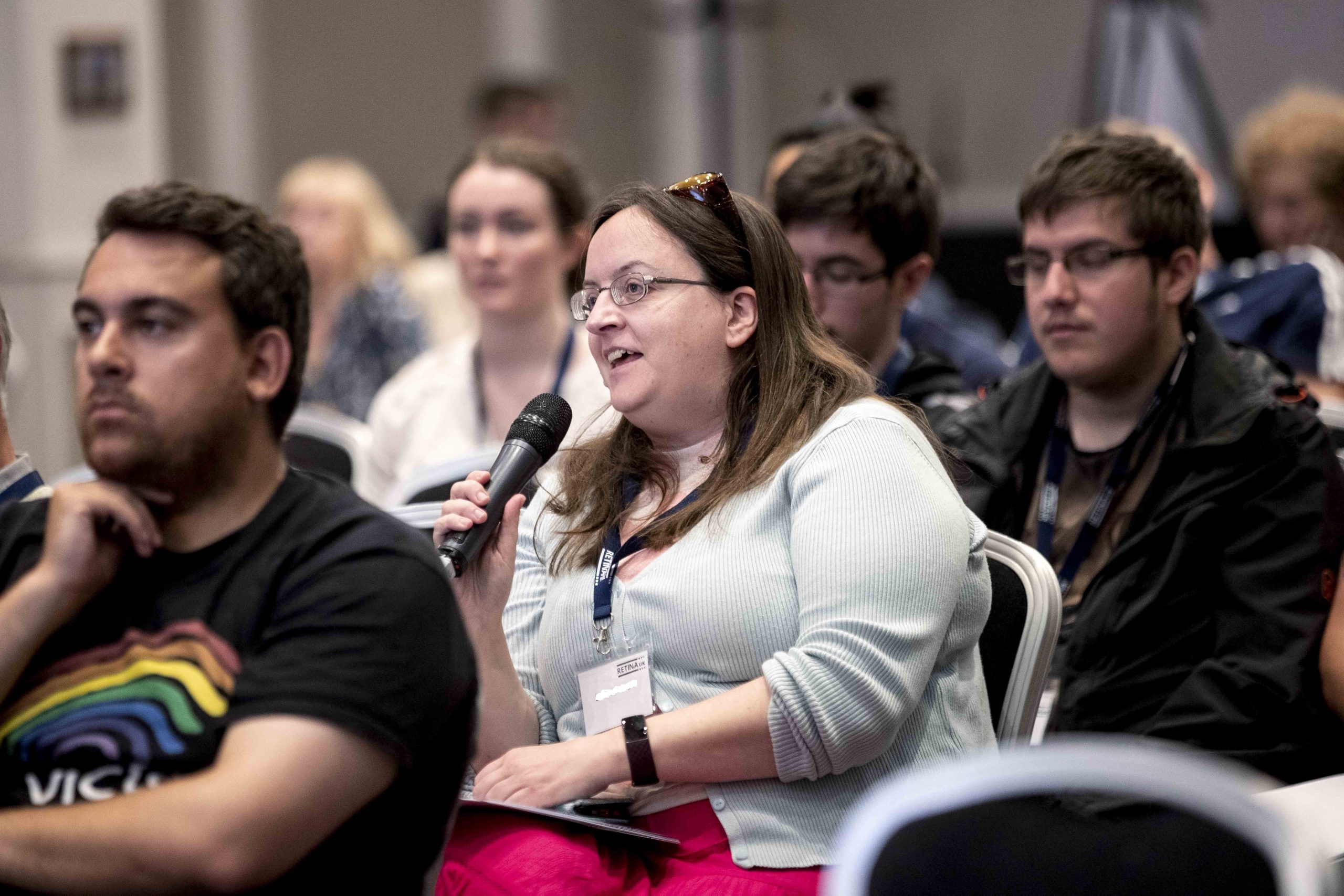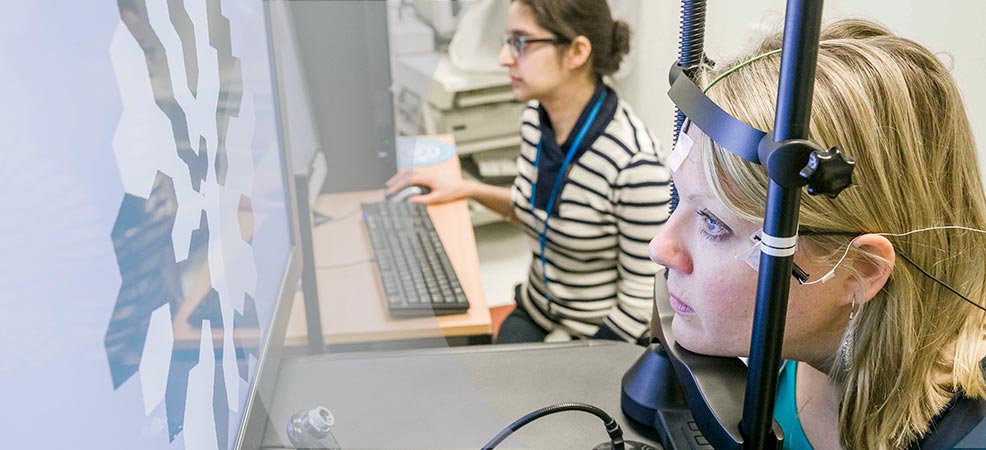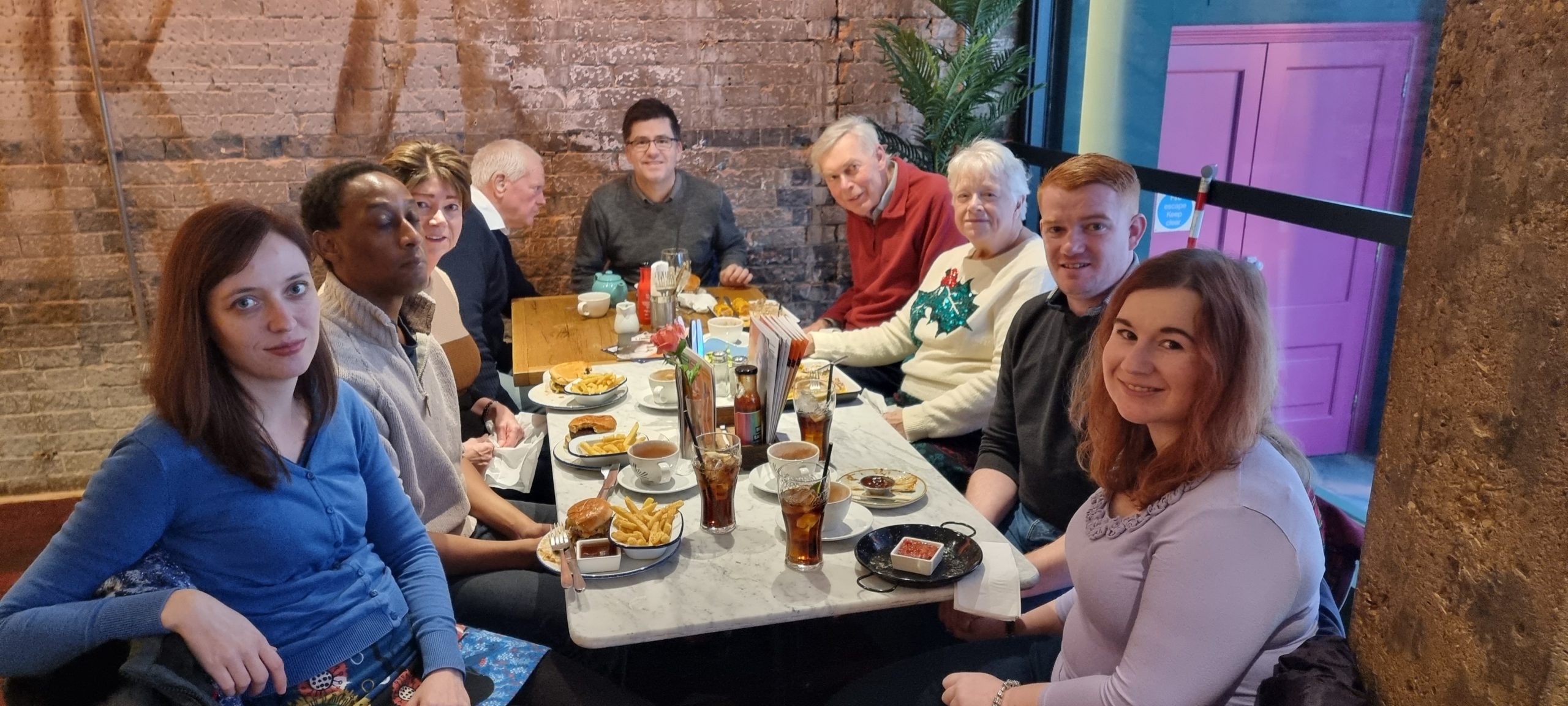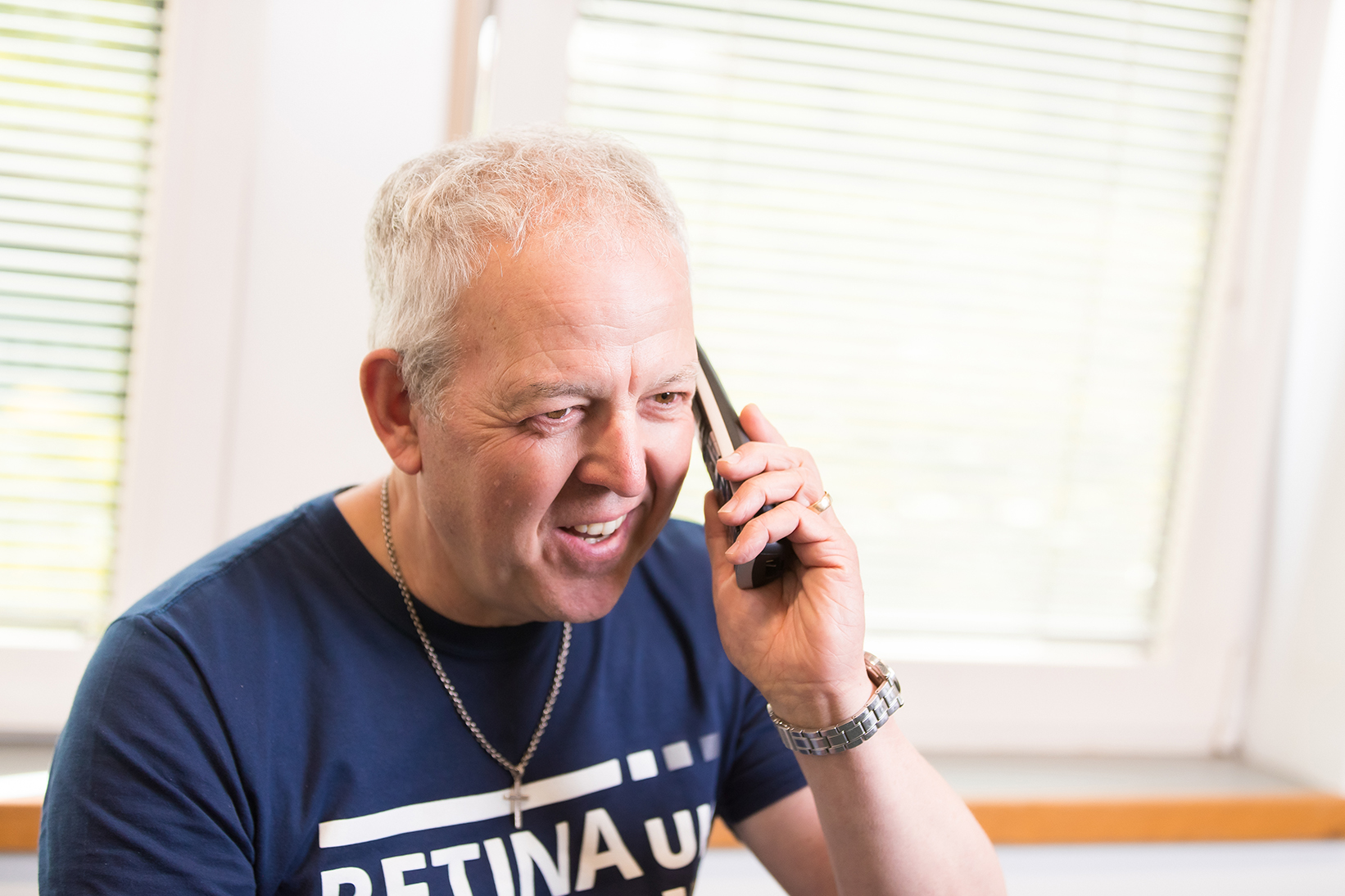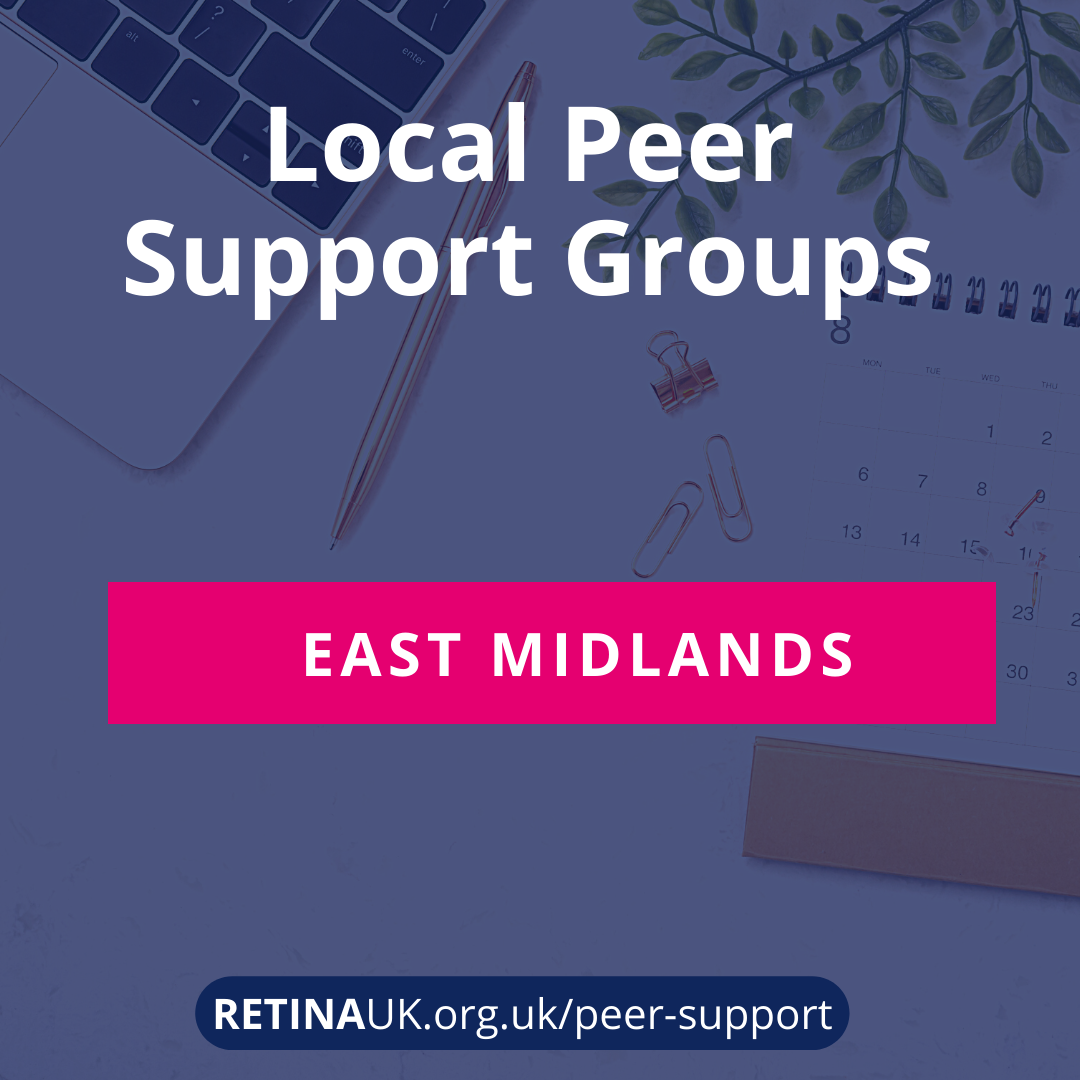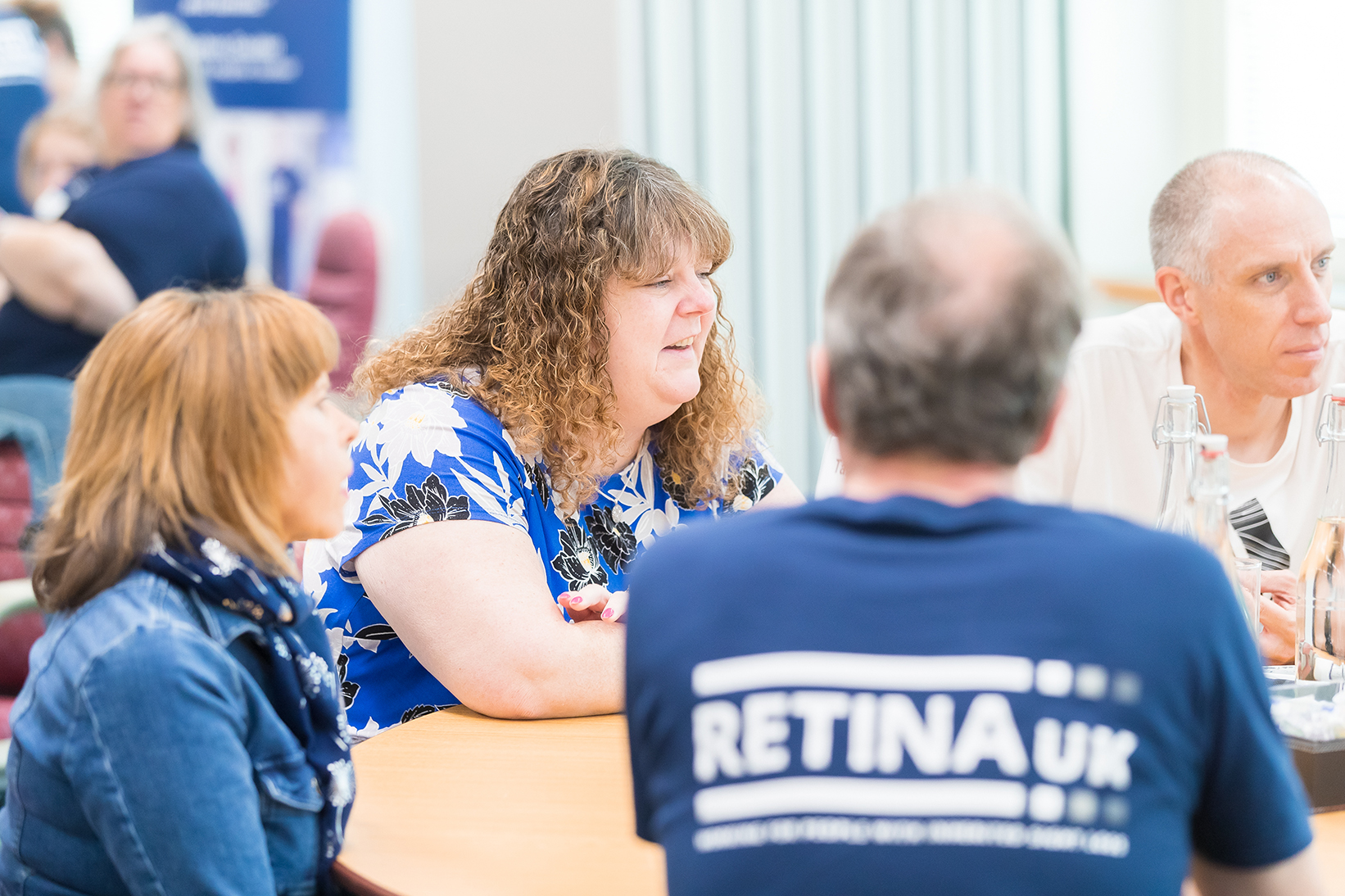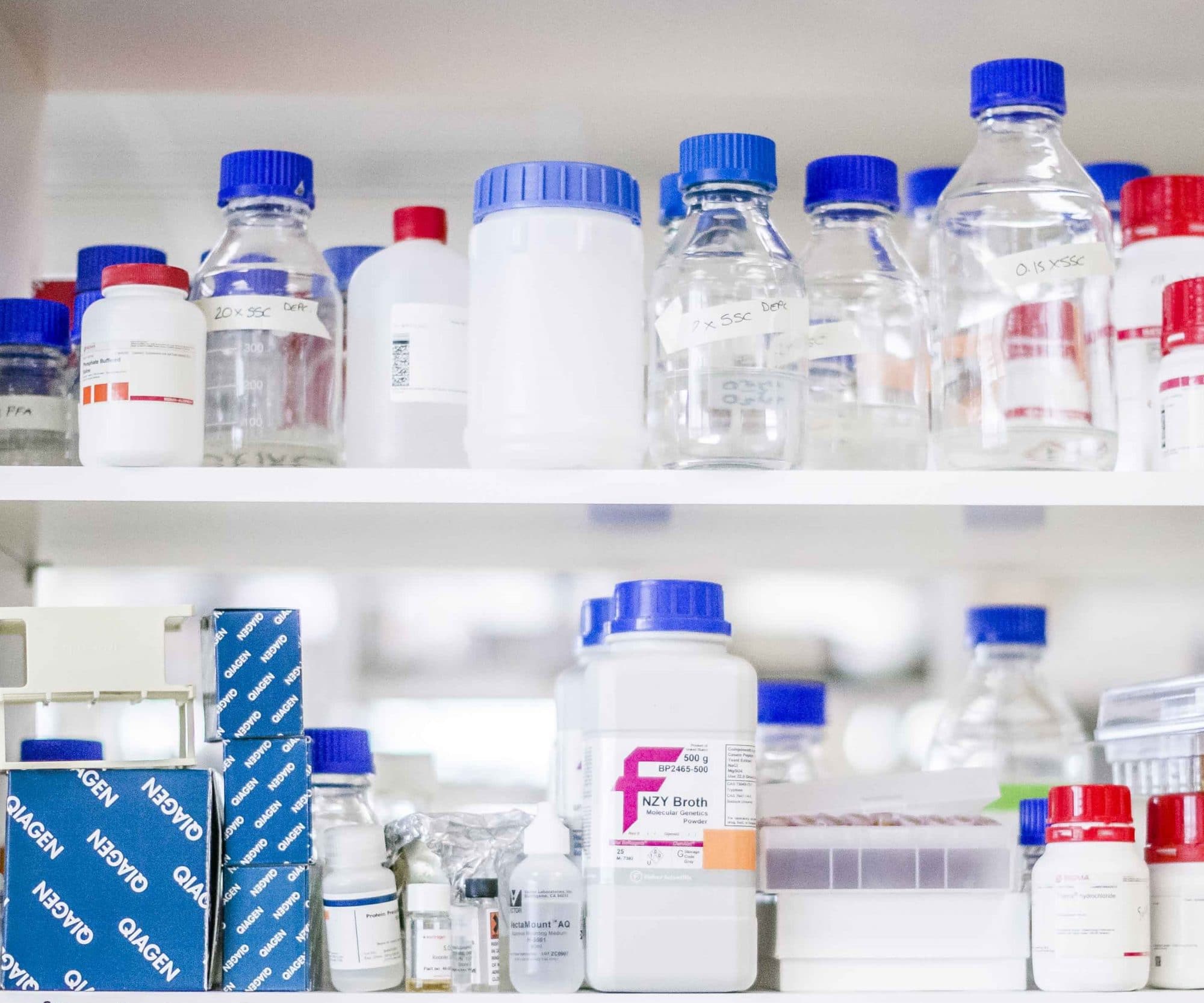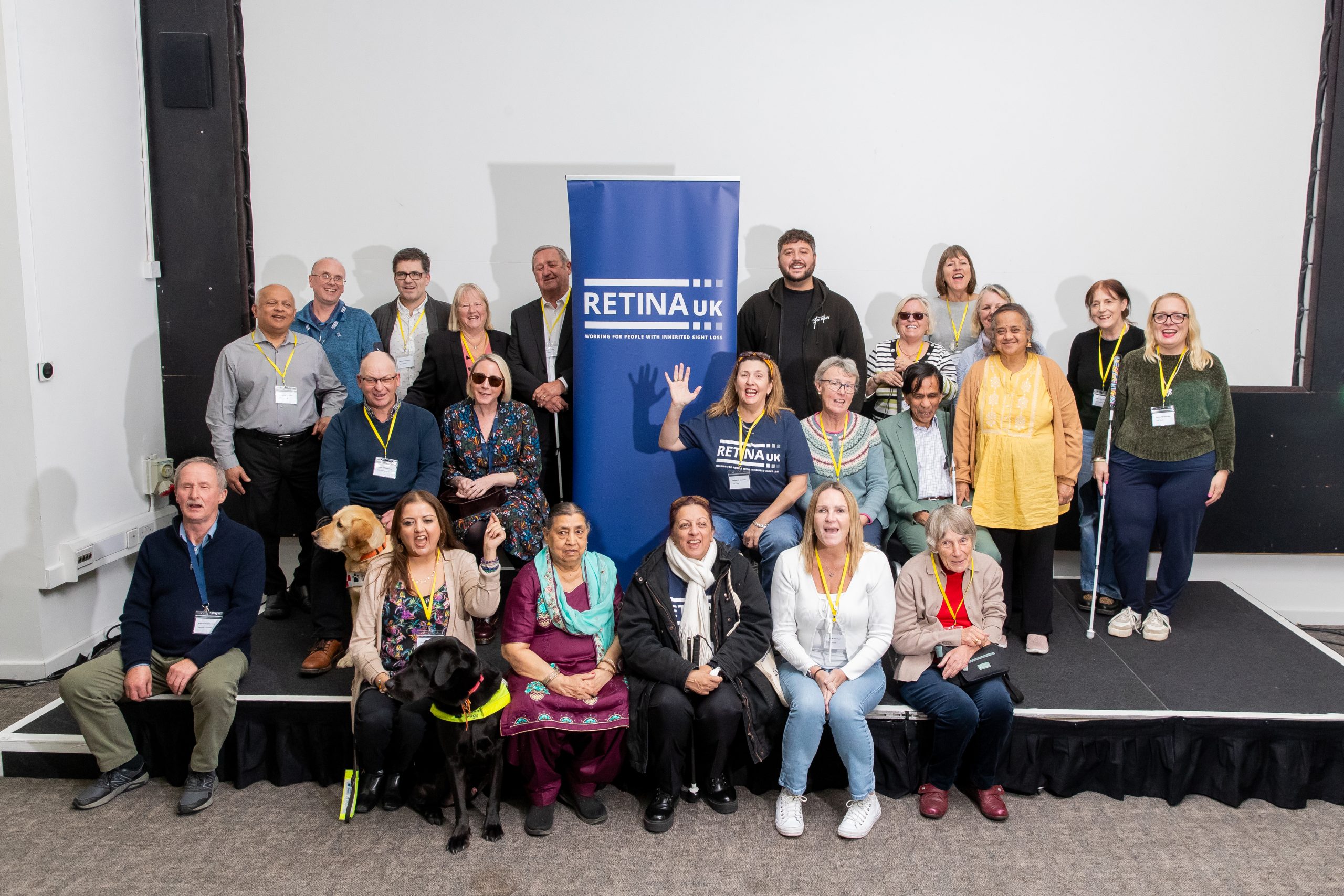These cells line the back of the eye in the region known as the retina. Cone cells are present throughout the retina, but are concentrated in the central region (the macula).
They are useful for central (reading) vision. Rod cells are present throughout the retina except for the very centre and they help with night vision.
In contrast to typical RP (the most common rod-cone dystrophy), which results from the loss of rod cells first and later the cone cells, cone-rod dystrophies reflect the opposite sequence of events, where cone cells are first affected with later loss of rods.
Symptoms
The cone cells are initially involved, as previously mentioned, and difficulty with clarity of vision, colour vision problems and light sensitivity can be some of the earliest symptoms experienced. This is followed by a progressive loss of rod cells, which leads to night blindness and loss of side vision. The age of onset, progression and severity of cone-rod dystrophies can vary greatly from one person to another, even among individuals with the same type of cone-rod dystrophy. It is therefore very difficult to predict what an individual’s vision will be like at a specific time in the future.
Some forms of cone-rod dystrophy are inherited; other forms appear to occur spontaneously for no apparent reason (sporadically). As with RP (rod-cone dystrophy), the inheritance of the cone-rod dystrophies includes autosomal dominant, autosomal recessive, and X-linked. Find out more at RetinaUK.org.uk/genetics/inheritance-patterns.
Treatment
Maximising an individual’s remaining vision is a crucial first step to take. There are many new low vision aids, including telescopic and magnifying lenses, providing plenty of choice for users at all stages of sight loss. This technology has also removed many barriers to education and employment.
There are, currently, no proven or effective cures for cone-rod dystrophies. However scientists have identified more than 35 genes that can have mutations which cause these conditions. It is likely that many more mutations in many more genes will be identified in the coming years.
Despite the lack of current treatments for cone-rod dystrophies, general eye check-ups are important. People with these conditions are still at risk for other kinds of eye problems that can affect the general population and may be treatable. Patients with cone rod dystrophies tend to develop cataracts at an earlier age than the overall population. Regular visits to your eye doctor can also make you aware of current advances as we learn more about these conditions.
Clinical trials
Visit RetinaUK.org.uk/medical-research/joining-the-research-effort for clinical trials information. If you are considering joining a trial always discuss it with your usual ophthalmologist or family doctor first. Participation in a genuine clinical trial will never require payment.
You can also read about possible treatment approaches for retinal disease at RetinaUK.org.uk/medical-research/approaches-to-treatment and the latest news about research at RetinaUK.org.uk/research-news.
Many treatment approaches are specific to a particular gene fault, so it is important that those affected by the disease are referred for genetic testing so that they can access new treatments and clinical trial opportunities.
For support
The Retina UK Helpline provides information, support and signposting for people affected by inherited sight loss as well as healthcare and education professionals.
Contact 0300 111 4000 (9.00am – 5.00pm Monday to Friday and Tuesday and Thursday evenings 5.00pm – 8.00pm) or email [email protected].
Condition-specific information
Gene Vision gene.vision/knowledge-base/cone-cone-rod-dystrophy-for-patients. Retina UK joint funded Gene Vision and input into accessibility and content.
Getting involved in research
Those who join the Retina UK Lived Experience Panel receive an email from us when we are made aware of participation opportunities such as focus groups, surveys and research projects. Sign up at RetinaUK.org.uk/get-involved/lived-experience.


